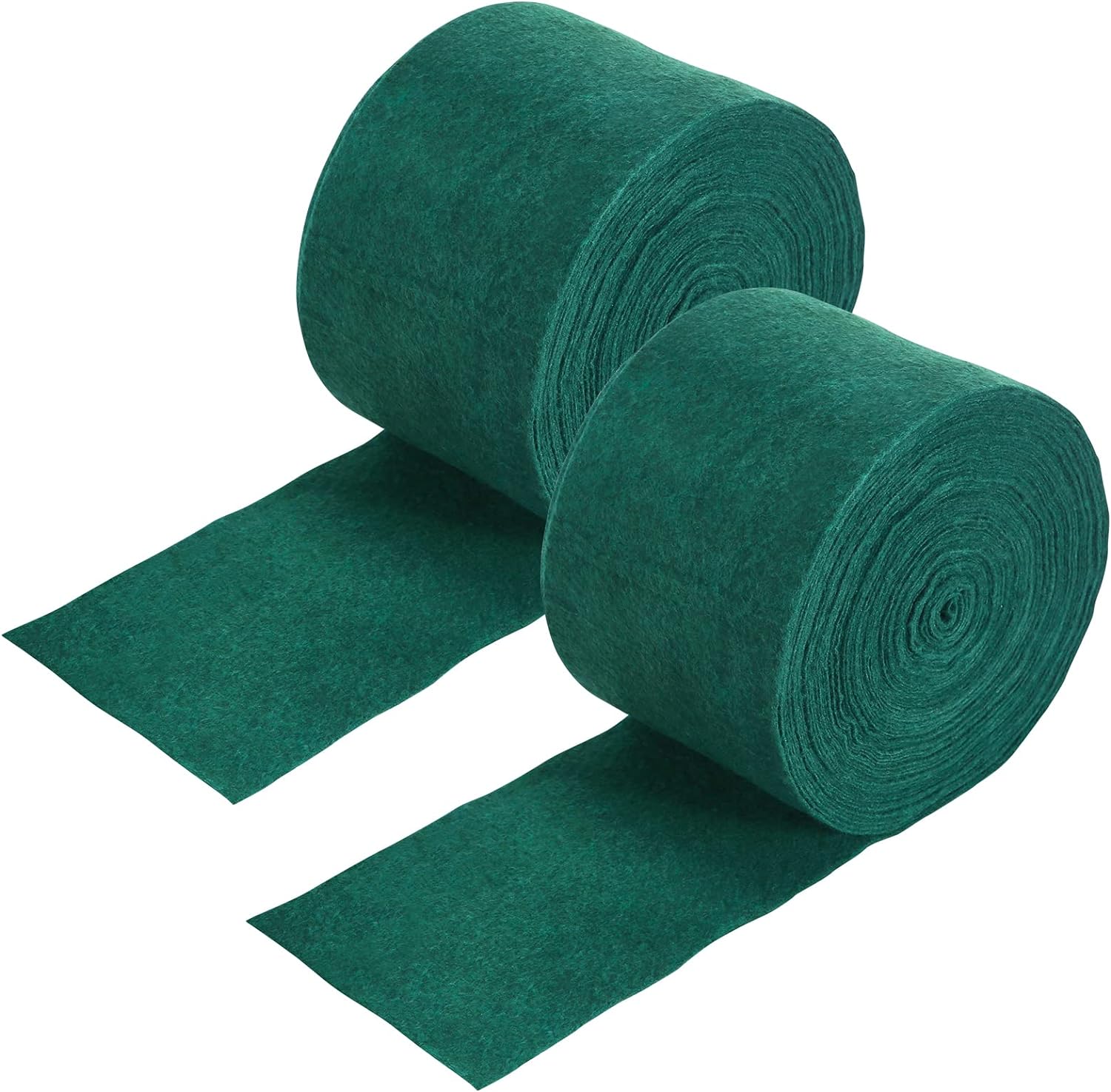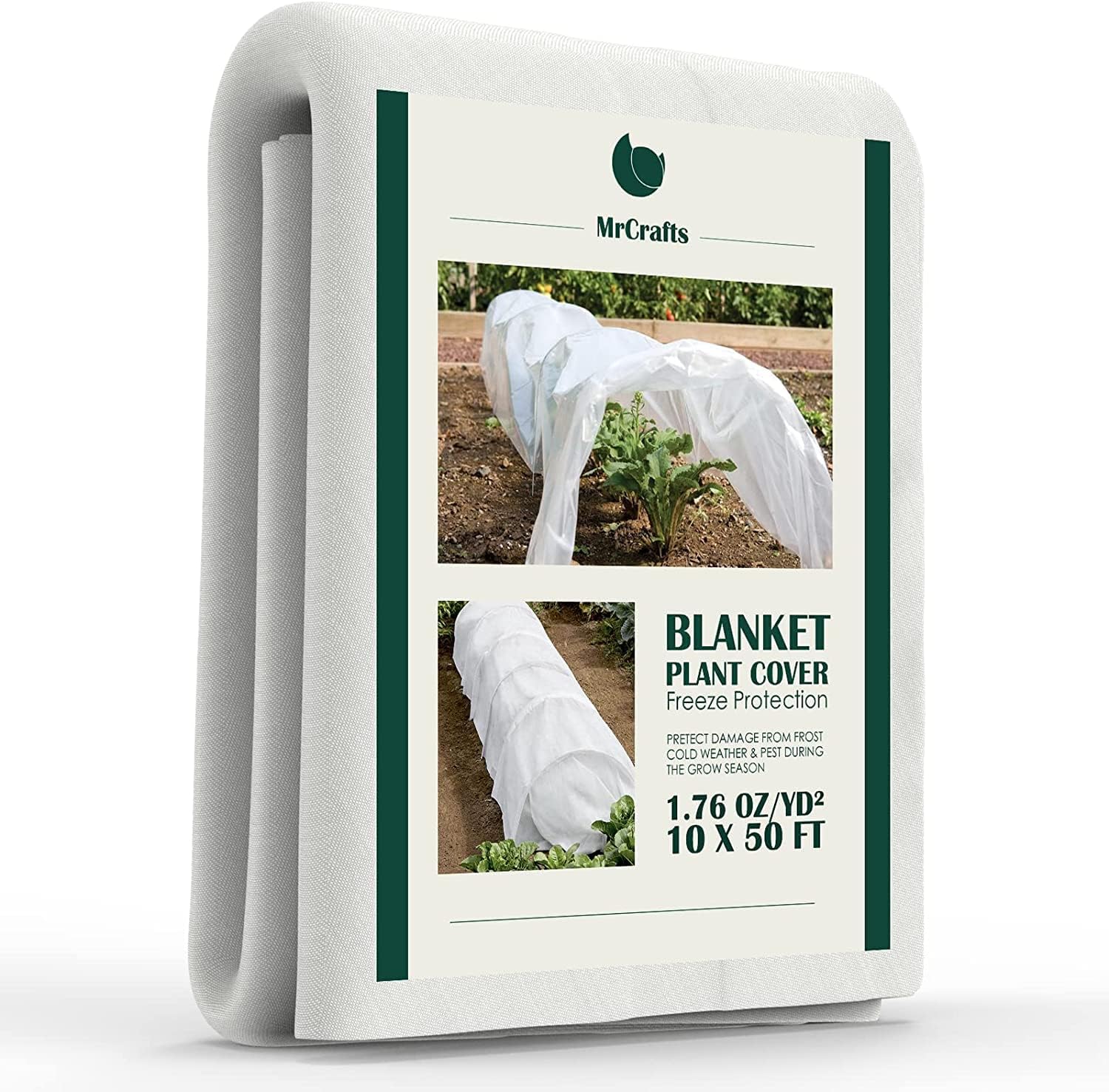Now's the time to fleece wrap your plants for winter - here's what to cover, and what to leave
Experts advise which species needs protecting and which can withstand the elements
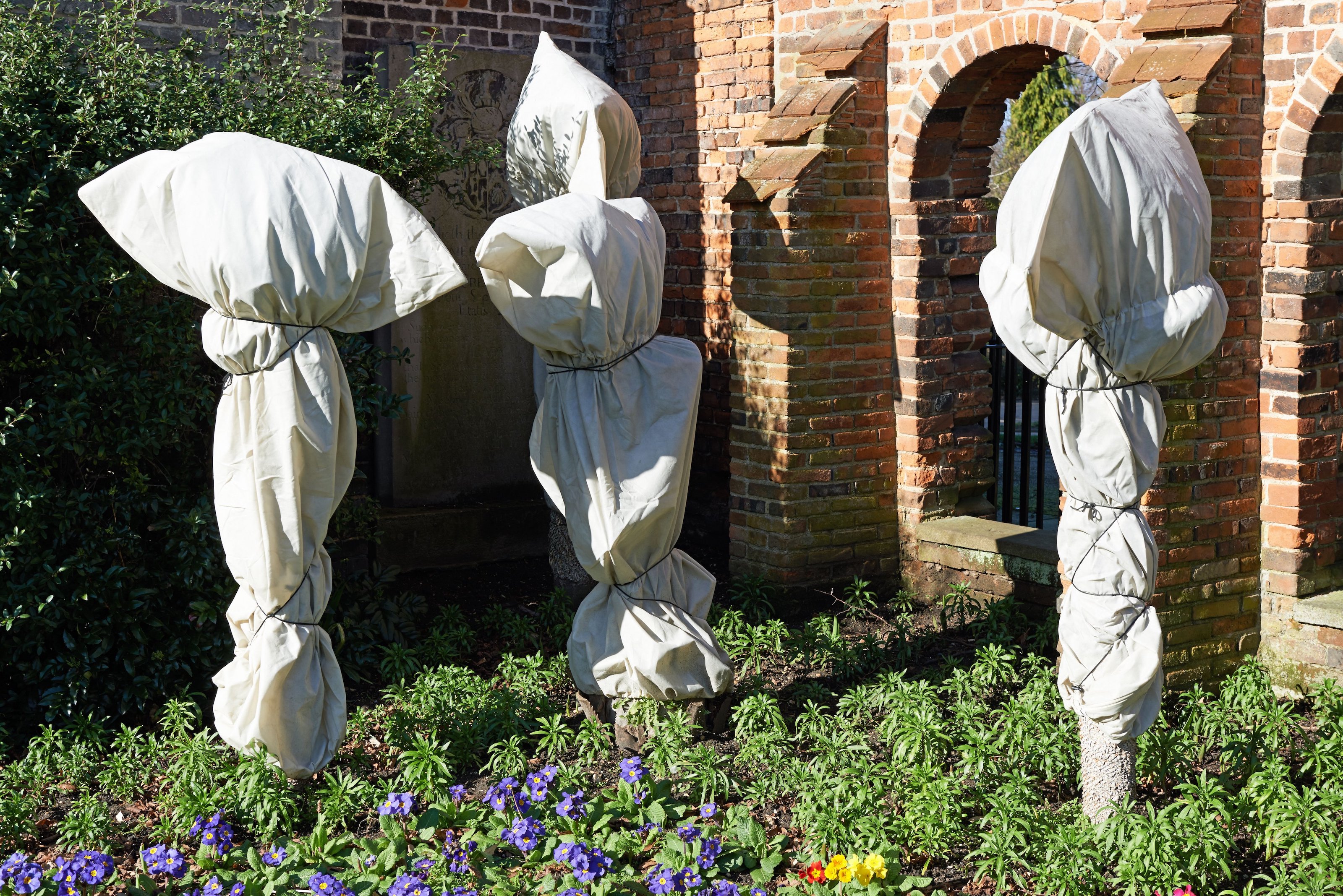
With fall upon us and winter approaching, it's time to consider which outdoor plants need protecting. When it comes to knowing which plants to fleece wrap over winter, and which can be left, we don't advise learning the hard way.
To prevent much loved plants being lost to frost, it's worth checking how hardy and adapted to your region they are. Species used to a climate that's different to the one you're growing them in will require more care than plants that have grown for centuries in your area.
If you're unsure which of the plants in your modern garden need protecting, and how best to do it, we asked the experts for their advice on how to fleece wrap for the winter.
3 plants to fleece wrap
'Horticultural or garden fleece is a type of covering that will protect plants at temperatures in the mid-upper 20s F,' explains Bethany Lakatos, plant expert at Fast Growing Trees.
'So it’s important to know how much protection your plants will need. To do this, find your Growing Zone based on your zip code, then determine the growing zone range for your plant.
'If you reside in the coldest growing zone of your plant’s range, adding a layer of fleece can give your plants much needed winter protection, especially if your climate is prone to drying winds, ice, snow, or other winter storms.'
However, low-maintenance gardeners will be pleased to hear that not all plants will require wrapping over winter.
The Livingetc newsletters are your inside source for what’s shaping interiors now - and what’s next. Discover trend forecasts, smart style ideas, and curated shopping inspiration that brings design to life. Subscribe today and stay ahead of the curve.
'The good news is that we don’t need to wrap any native plants,' says Kim Eierman, horticulturist and ecological landscape designer at EcoBeneficial and author of The Pollinator Victory Garden.
'That’s one big advantage of using native plants. Native gardening is about planting the right plant in the right place, in the right region. In temperate climates, native plants need no care over the winter.'
1. Palms
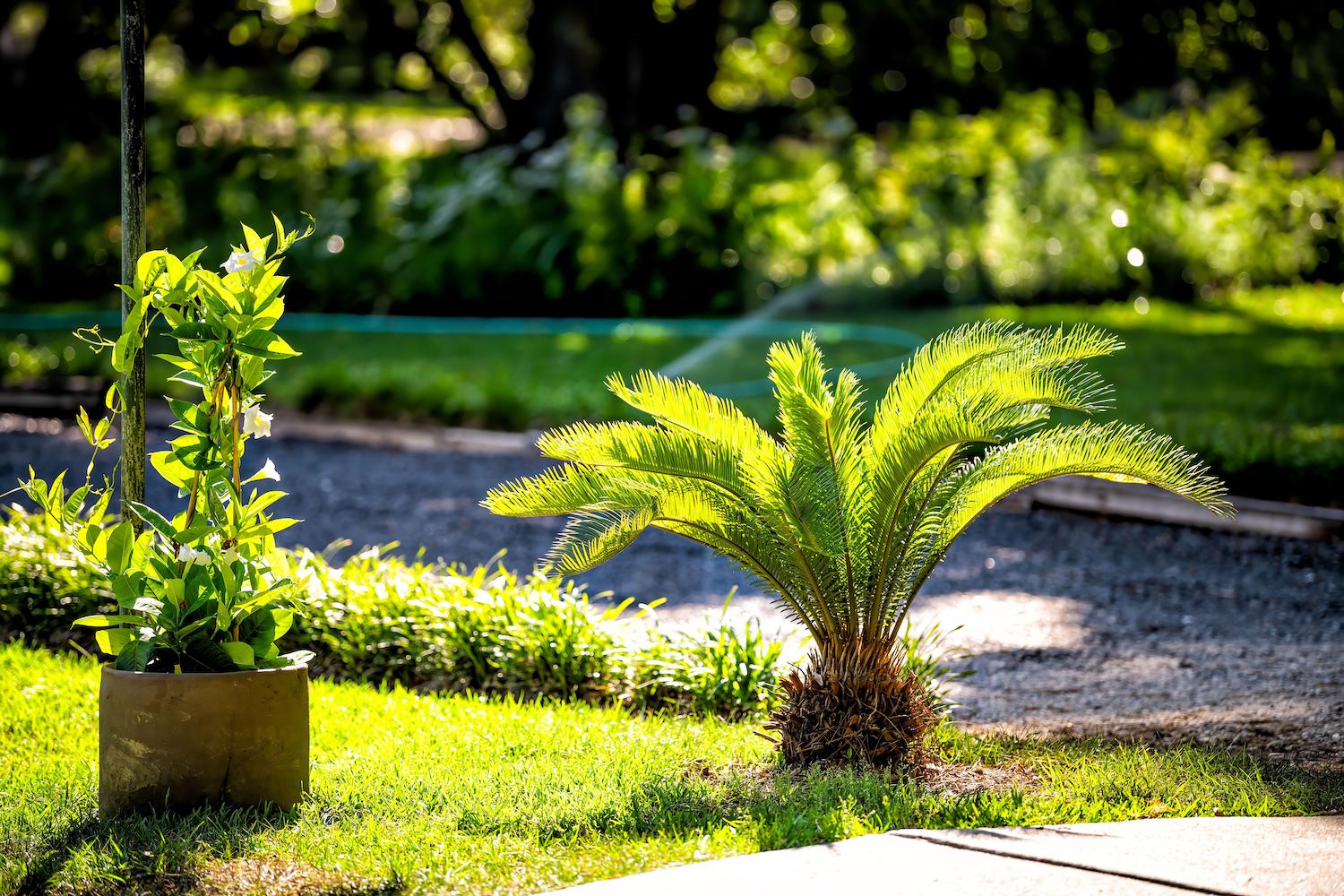
'For palm trees that risk injury in temps below 30 F, like the Mexican Fan Palm, Queen Palm, and Cardboard Palm, frost and freeze protection are essential,' says Bethany.
'In need of the most protection is the spear leaf, which grows from the middle of the tree and contains the stem cells (growing points) for the plant. The base of the spear leaf is very susceptible to cold damage, which can be exacerbated by fungi and bacterial pathogens, which will hasten the necrosis and kill the tree. To protect the young spear leaf, bundle the fronds together, securing them with twine, and then wrap the entire plant in incandescent string lights. Finally, cover the palm with a layer of horticultural fleece.'
'More tolerant of freezing weather are the Windmill Palm and Needle palm, which can handle temperatures down to 10 F,' Bethany explains. 'In this case, protecting the palm from freezing water inside the trunk is essential. If palms are not protected from freezing water within their trunks, they may unfortunately die over the winter months.'
'Thankfully it’s only a few steps to fully winterize a palm,' Bethany continues. 'First, gather the fronds and tie them with twine. Wrap heat tape, like this from Amazon, from the bottom to the top of the trunk, all the way to the attachment point of the fronds. For added protection, add a layer of fleece, like this from Amazon.
'Next, wrap in several layers of burlap (try this roll from Amazon), secured with duct tape. Finally, wrap the trunk and fronds in plastic stretch wrap. Removing the protective wrappings in spring once the weather starts to warm.'
2. Citrus trees
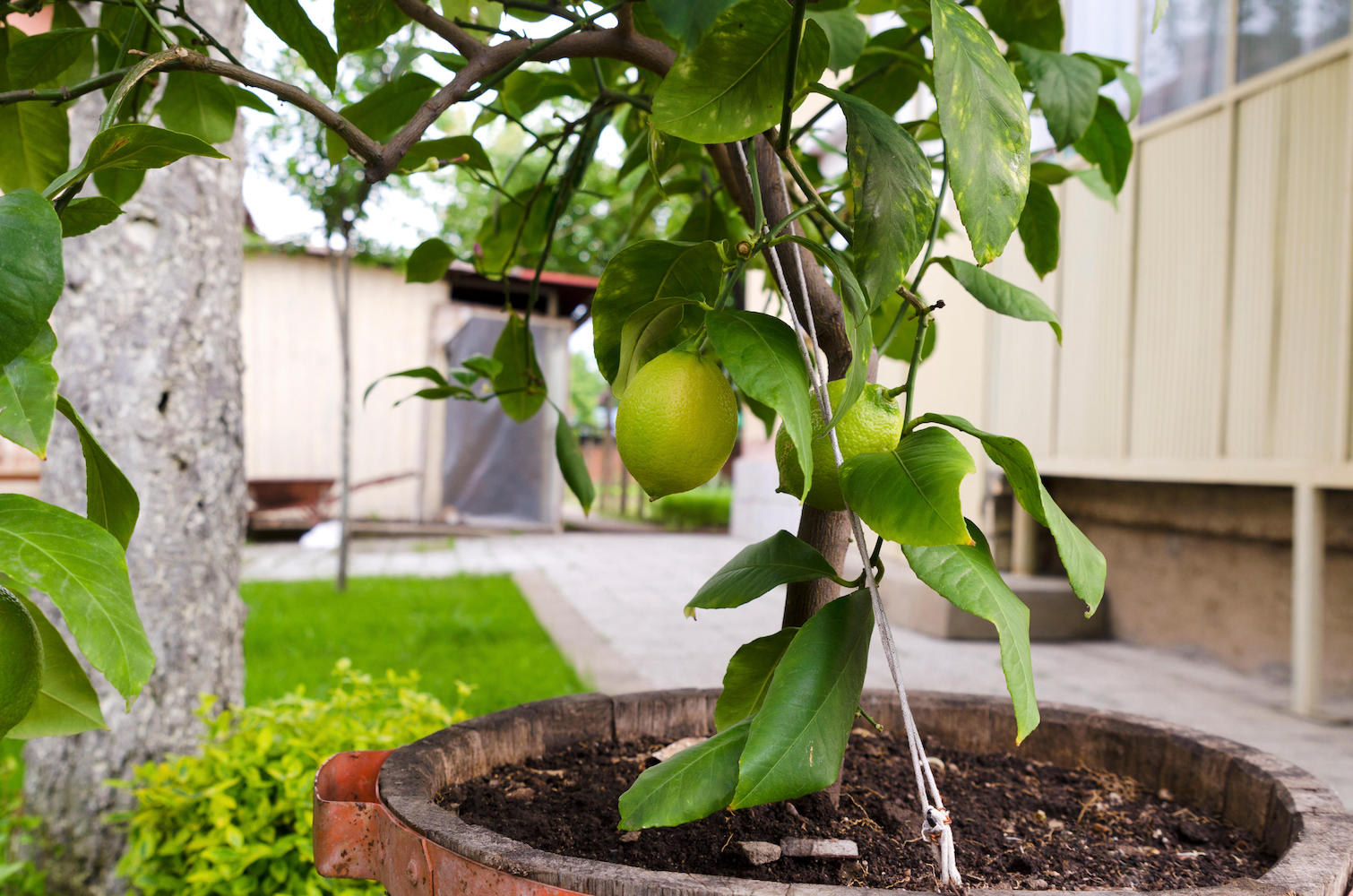
Depending where you live, it may be necessary to bring potted citrus trees indoors when the temperature drops significantly. That's what makes them the ideal fruit trees to grow in pots; however, it is possible to prolong their life outdoors with some protection.
'Citrus like Meyer Lemons and Key Limes are cold hardy to 20 F, giving them a narrow window in autumn where they can still be outside given enough protection at night, and fleece can be a happy medium,' says Bethany. 'To be safe, assume your plant is about 10-20 degrees less cold hardy than its temperature range. For this reason, bringing citrus indoors when it’s consistently 40-45 F at night is ideal. However, there can be warm, sunny days between early and late fall when your plant would rather be outdoors, and it may be too much hassle to move your plant in and out.'
'For a quick fix, simply place the fleece over the plant in the evening, also being sure to cover the entire pot,' Bethany adds. 'Tuck the fleece securely under the bottom of pot, making sure cold air can’t get into this protected cocoon you’ve created.'
'When the temperature is safely above 40 F the next morning, remove the fleece. This method will work as long as the temperatures are in the mid-upper 30s at night but be sure to transit your citrus indoors for the cold season when temperatures are consistently below freezing.'
3. Edible fig tree

Those who like to grow their own fruit and veg may have been tempted by an edible fig tree. This sun lover will need protecting if you're in one of the chillier zones and would like to see fruit again next year.
'Popular fig varieties like Celeste, LSU Purple, and Brown Turkey are cold hardy to about 10 F, whereas Chicago Hardy is cold tolerant down to minus 10 F,' says Bethany. 'If you are in a Growing Zone that can experience even a few hours below the plant’s minimum cold hardiness, it’s a good idea to wrap the plant for winter.
On when to prune fig trees, now is a good time to start. 'Start by pruning dead, diseased, crossed, or rubbing stems. Older, taller stems can be shortened and then gently tied together with twine. A circular cage, similar to one erected for deer protection like this one from Amazon, can be made from fencing posts or wooden stakes and chicken wire or hardware cloth.
'Fill the cage with fallen or shredded leaves, which will insulate the plant and eventually break down, adding fertility to the soil. Cover the cage with a layer of tar or roofing paper secured with duct tape and place a plastic bucket over the top of the tar paper, gently tucking in the tallest stems. Finally, wrap the tar paper-covered cage and bucket in several layers of fleece and burlap.'
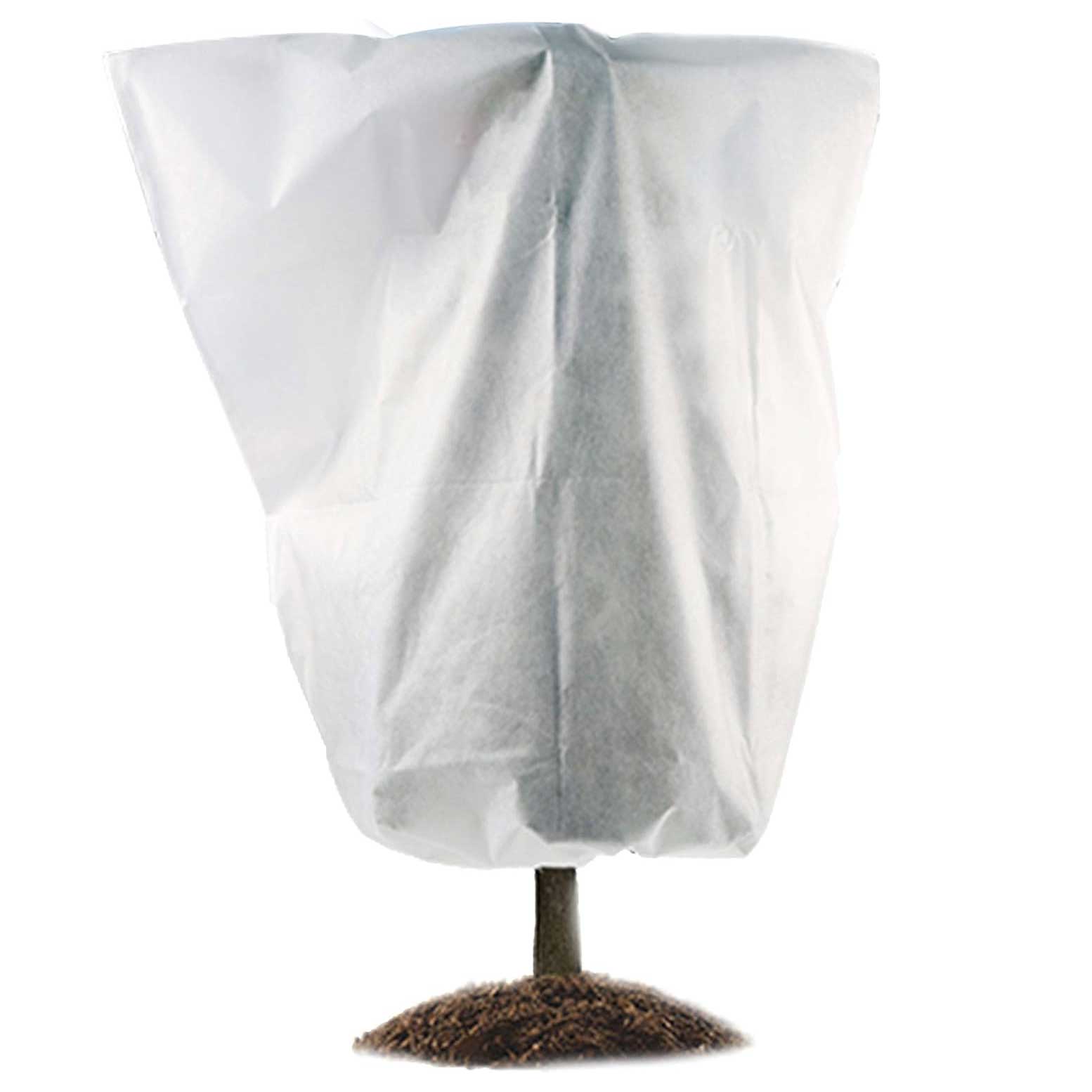
Price: $14.99
Size: 84" x 72"
3 plants you don't need to fleece wrap
The plants you can leave unprotected during the winter are those that are native to your region and are adapted to their environment. They tend to be hardy enough to be left exposed to the elements.
'There are so many benefits to planting native plants,' says Kim Eierman, author of The Pollinator Victory Garden. 'Native plants have co-evolutionary relationships with pollinators and other wildlife that depend upon them.
'Native plants provide appropriate habitat and food for wildlife including pollinators, songbirds, beneficial insects, and native mammals - increasing biodiversity – a critical element in the face of the climate crisis.
'After establishment, native plants are low maintenance and cost effective; they don’t need synthetic fertilizers or pesticides, and don’t need to be babied.
'Regional native plants are adapted to a region’s soil, climate, and hydrology. So they eliminate the need for mowing and gas-powered equipment that pollutes the environment. Many native plants also have deep root systems that help reduce flooding and soil erosion, while promoting fertile soil rich in organic matter.'
1. Red osier dogwood (Cornus sericea)
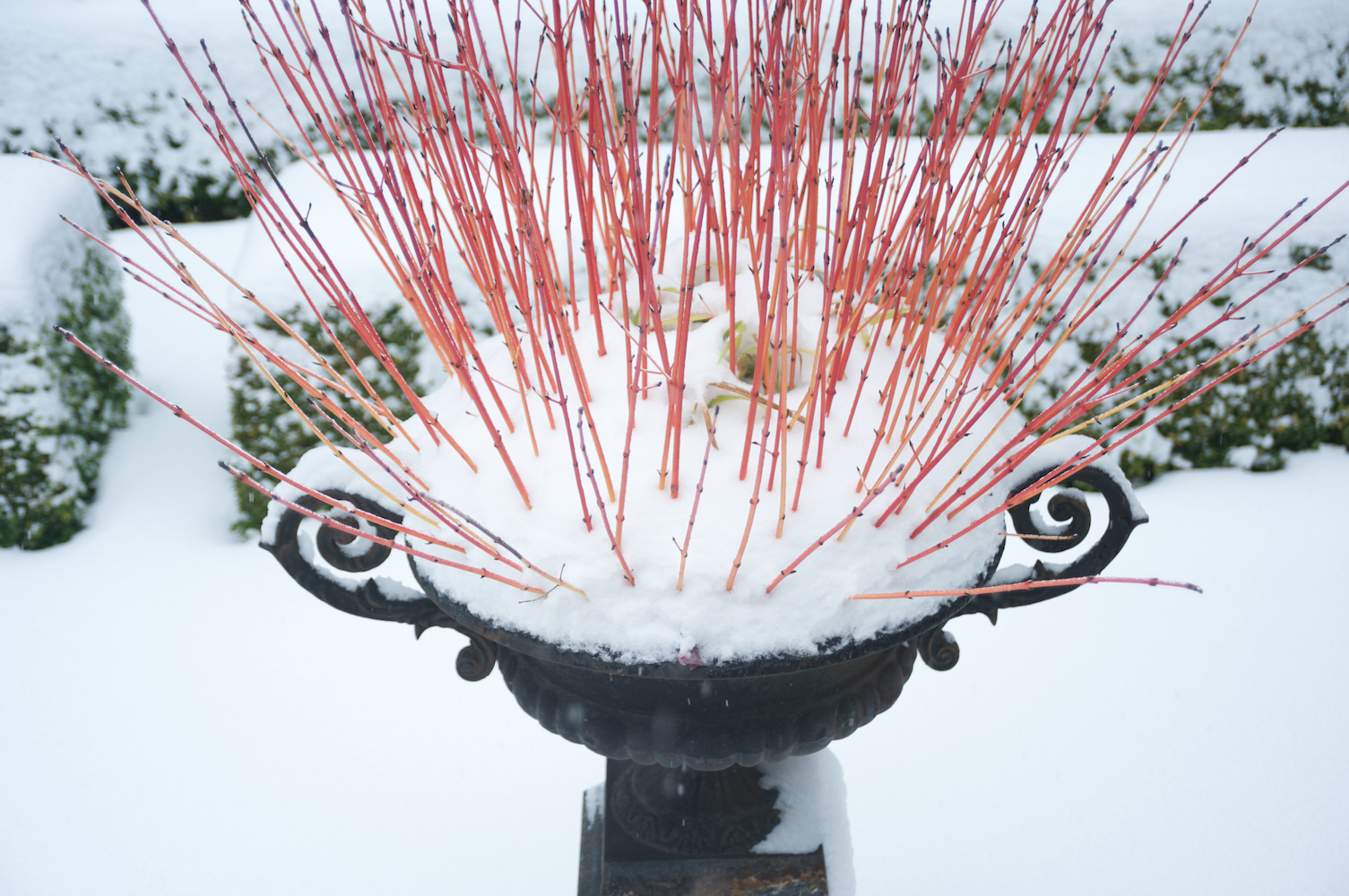
This plant, sometimes referred to as red osier dogwood, or red twig dogwood, is a suckering shrub that can grow 6-9' tall. It's native to much of North America and likes wet, swampy areas or moist soil. Its leaves turn red, orange and eventually purple in the fall, while its stems turn bright red in winter and look particularly beautiful against a snowy backdrop.
'In late spring, red osier dogwood produces beautiful white blooms for pollinators, which later form showy white fruits - a valuable source of nutrition for fruit-eating birds,' says Kim.
'In winter, redosier dogwood (aka red twig dogwood) puts on another impressive display as its showy red twigs stand out in the garden.'
2. Oakleaf hydrangea (Hydrangea quercifolia)
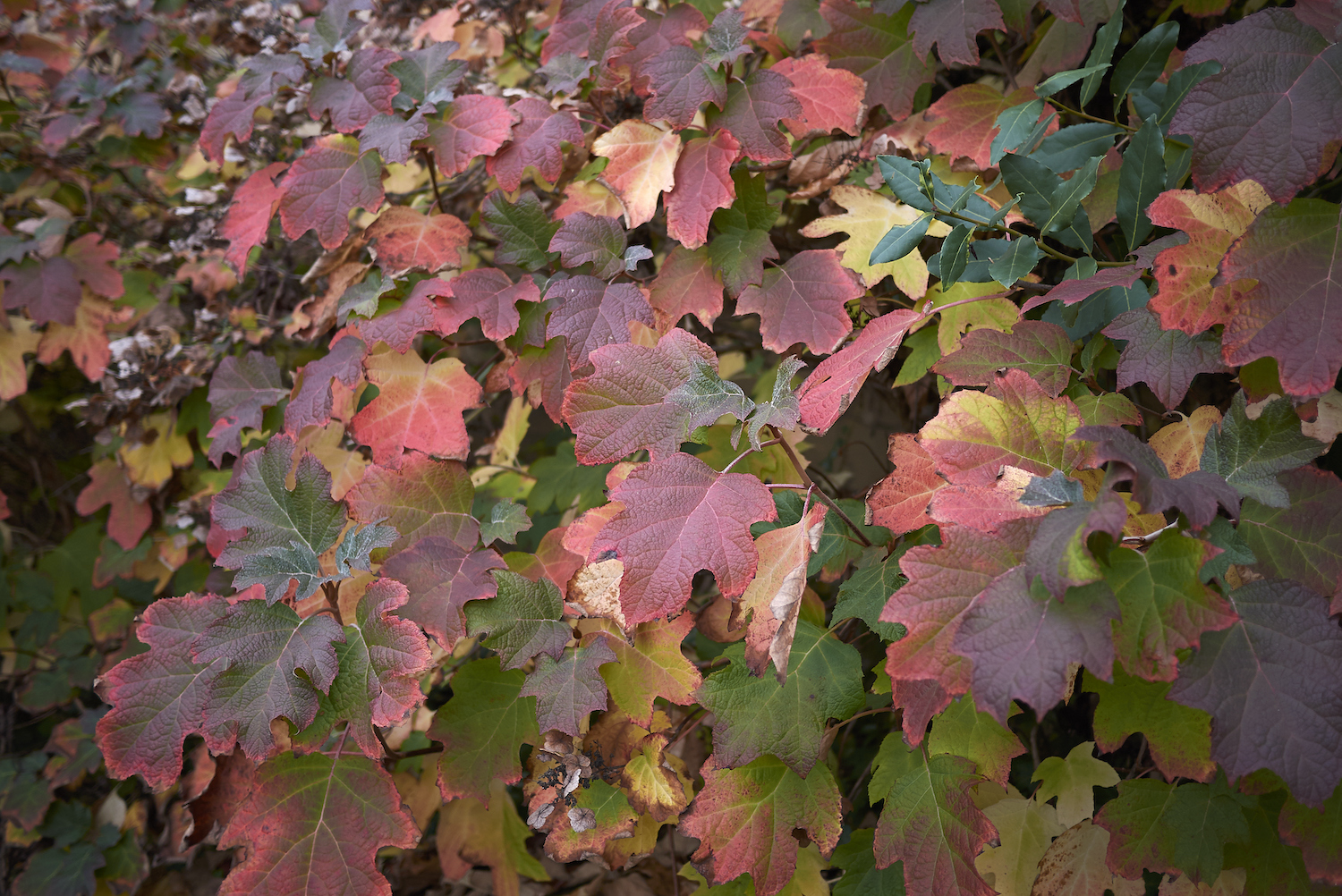
Oakleaf hydrangea is another plant that thrives in moist soil, and a sheltered location with a mix of full sun and shade. According to Missouri Botanical Garden, it is 'native to bluffs, moist woods, ravines and stream banks from Georgia to Florida to Louisiana'.
For this reason, it is a low maintenance garden plant that can survive without winter protection. However, it would benefit from mulch or burlap wrap in USDA Zone 5, if it's not fully established.
'The oversized flower panicles of oakleaf hydrangea attract pollinators, while making an impressive visual statement in the garden,' says Kim. 'The beauty continues as the flowers fade, taking on pinky, purply hues. In winter, the large dry flower panicles provide excellent off-season interest in the landscape.'
3. Winterberry (Ilex verticillata)
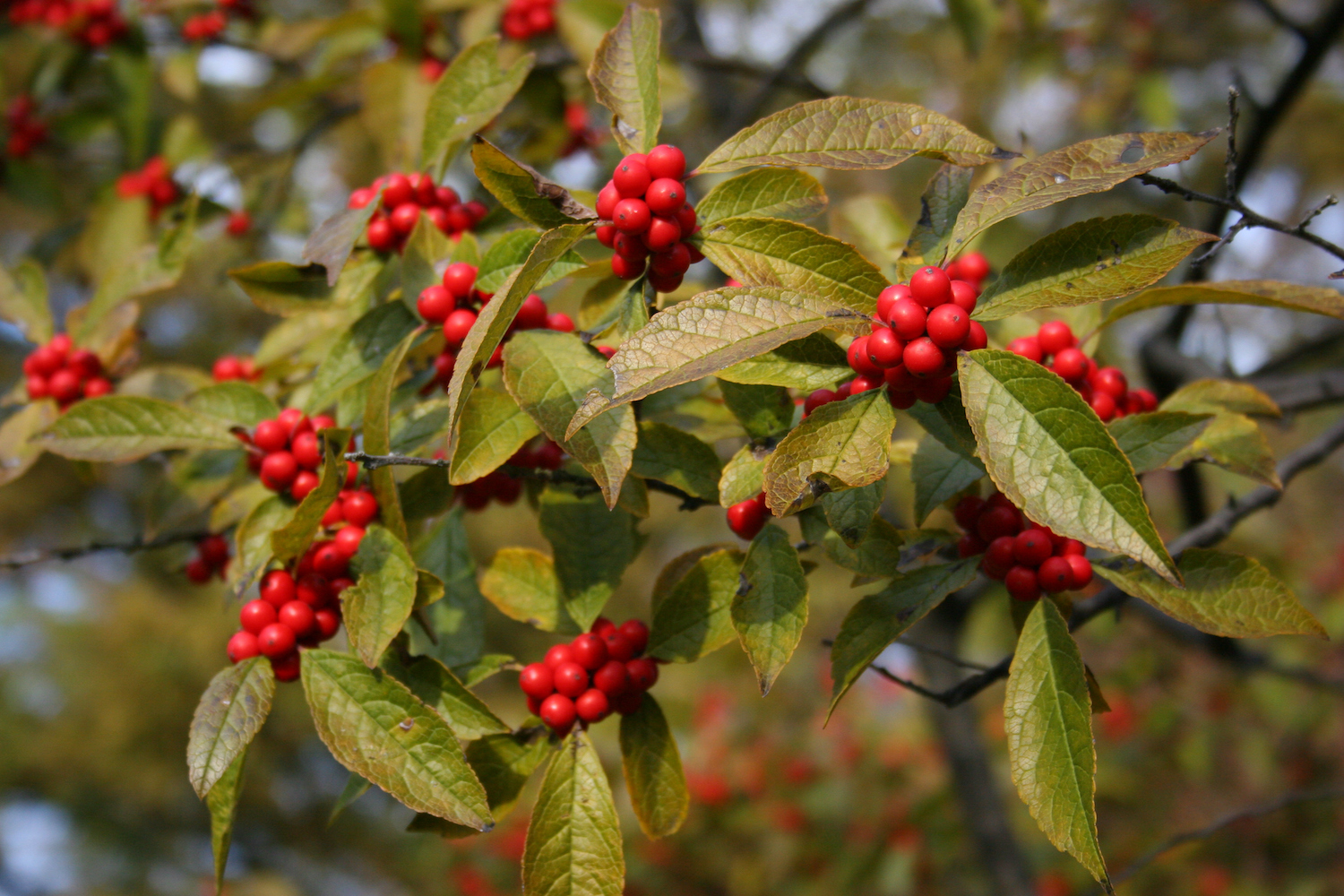
This pretty holly is a slow-growing deciduous shrub that is native to central and eastern North America. It looks beautiful grouped in shrub borders, plant areas or as a hedge. As well as being low maintenance in zones 3-9, it will provide greenery and rich color in your yard throughout the year.
'Winterberry is a native holly, and typical of hollies, has both male and female plants,' says Kim. 'While both sexes of the plant flower and produce nectar, only the male plants produce pollen (valuable as a source of protein for bees) and only the females produce fruit, when a male plant is nearby.
'Plant both male and female plants to get the impressive and persistent bright red fruit that cover the female plants in winter.'
Jacky Parker is a freelance lifestyle journalist and writer, producing a wide range of features for magazines and digital platforms. She has written for Livingetc and its sister titles, Homes & Gardens and Country Homes & Interiors for more than 15 years, both as a freelance contributor and as Acting Digital Editor and Acting Style Content Editor, regularly reporting on the latest interiors, gardens and wellness inspiration, speaking to experts in their respective fields, and discovering the best tips.
Jacky has also written for other publications, including Sunday Times Style, The Telegraph, Architectural Digest, House Beautiful, ELLE Decoration, Red, Grand Designs and more.
